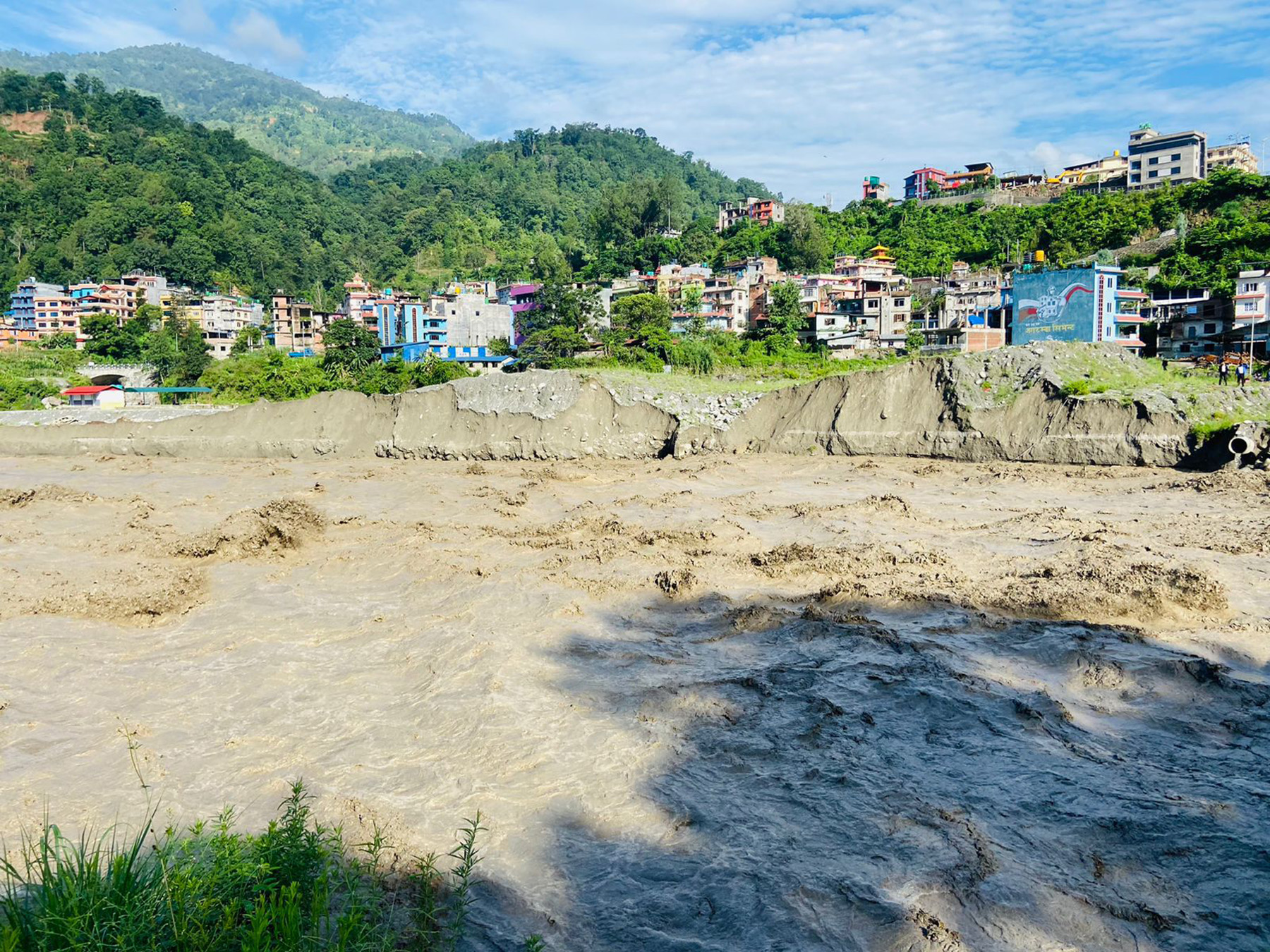ADB to extend support for climate resilience in Hindu Kush Himalayas

KATHMANDU, DECEMBER 4: The Asian Development Bank (ADB) had launched a scheme to help assess and manage climate and disaster risks in the Hindu Kush Himalaya region. Issuing a press statement yesterday, the ADB said it would undertake a deep analysis of multi-hazard risks which include landslides, earthquakes, and floods—including from glacier lake outbursts—and vulnerabilities in Bhutan and Nepal.
“This will help to strengthen the two governments’ capacities to conduct risk assessments in priority river basins. These assessments will be used to develop early warning systems and risk management options for future infrastructure development,” the statement read, adding that home to the largest ice reserves outside of the polar regions, the Hindu Kush Himalayas feed 10 major rivers which sustain the livelihoods of 240 million people in the mountains and more than 1.6 billion people downstream.
The region is warming faster than the global average and if global temperature rises hit 3°C, 75% of glaciers in Bhutan and Nepal could melt by the end of this century. That would place unprecedented stress on access to water, threaten food and energy security, and result in significant biodiversity loss.
“The roof of the world is melting,” said ADB President Masatsugu Asakawa, “The Hindu Kush Himalayas region is critical to the well-being and economic security of more than a billion people across our region. This initiative will help equip Bhutan and Nepal with essential information and enable them to invest in effective climate adaptation—which is now critical to managing climate risk.” Moreover, from 1985 to 2014, economic losses resulting from disasters in the Hindu Kush Himalayas region totaled $45 billion, much higher than those of any other mountain region. Since then, the increasing frequency and intensity of disaster events have pushed up economic losses and the number of people killed or displaced by such events.
ADB’s assistance will help the governments, private sector, and local communities to understand the risks they face so they can decide on disaster risk reduction and adaptation measures, as well as risk transfer solutions including insurance. The technical assistance will set the stage for advancing knowledge across the Hindu Kush Himalaya region on climate-resilient investment planning, development, and risk management, added the statement.

Strengthening financial sector amid serious challenges

Customs Yard congested due to unremoved empty containers

Thai AirAsia permmitted to fly to Kathmandu and Bhairawaha

Heavy rainfall likely in Koshi, Bagmati, Gandaki and Sudurpaschim provin…

Monsoon-induced disaster death toll climbs to 108
Industry Minister discusses amendment to bill with chief whips of major …

Government’s arrears rise to Rs 1183 billion: OAG







Feedback